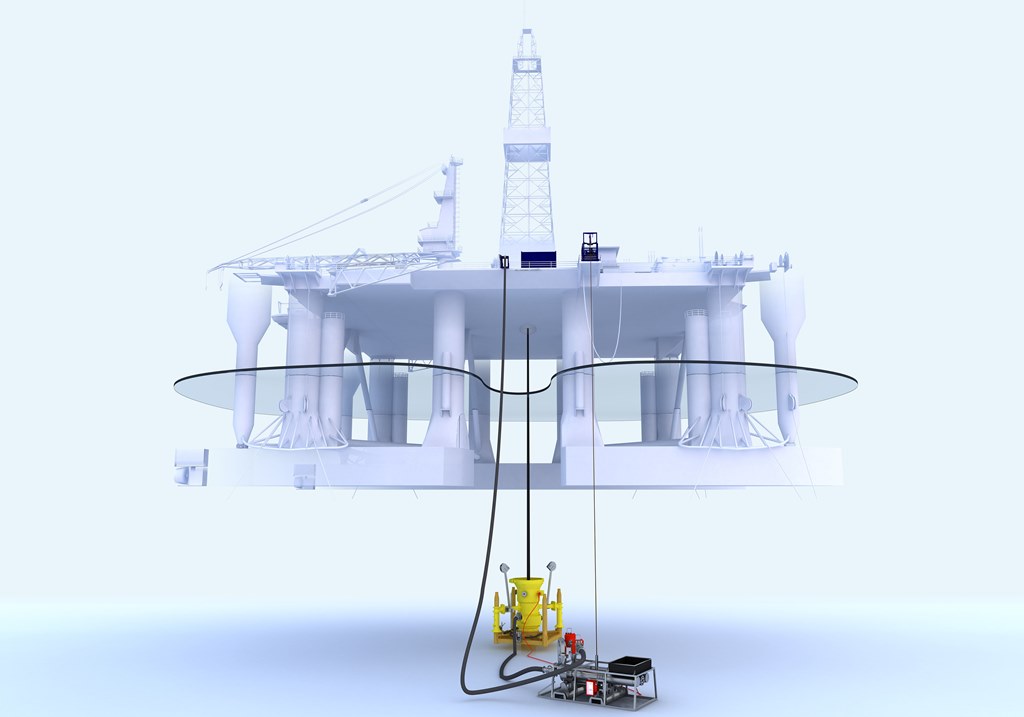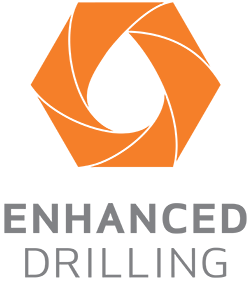Top-Holes
What are Top-Holes?
The top-hole section is the structure the rest of the well relies on. They are drilled and cemented without a riser meaning the returns goes to seabed with limited possibility for monitoring losses or influxes. Top-holes are often plagued by unconsolidated and/or reactive formations that cause drilling problems such as packing-off, slumping, gumbo, and lost circulation in the top-hole sections of a well.
Challenges Related to Top-Hole Instability
Top-hole instability can threaten the integrity of the entire well structure. Unconsolidated formations, such as unconsolidated sands, can cause packing off challenges that can limit drilling rates and cause lost circulation. Reactive formations, such as reactive clays, can swell and severely impede drilling if not properly dealt with. These instability challenges result in Non-productive time and, if not overcome, potentially prevent the top-hole sections from reaching the planned setting depths or achieving successful cement isolation.
Achieving isolation with cement in the top holes is critical for the integrity of the well. The cement acts as a barrier to prevent communication of gas and fluids to seabed, and secures the string for the wellhead and BOP. The challenge of cementing top holes is that without a marine riser there is no volume control and limited ability to verify if cement has reached surface. An unsuccessfully cement barrier can allow gas and fluid from the formation to leak to sea and, potentially, require a re-spud of the well.
What Are Your Options?
- If possible, change the well design so the top-hole sections do not go through the instable formations. If the top-hole design can be changed it typically means an additional section will need to be added to the well design.
- Use an engineered, weighted drilling fluid to stabilize the formation and maintain adequate wellbore pressure. In top-hole section the marine riser is usually not installed, so using an engineered, weight drilling fluid will be released into the sea during drilling. Commonly referred to as Pump-and-Dump (PAD). If the top hole section goes through salt formations then an engineered, weighted drilling fluid is required, commonly performed as a PAD operation. Releasing the drilling fluid to the sea is a costly and sometimes logistically difficult operation due to the large volumes in top-hole sections. PAD operations are also not possible in environmentally sensitives areas where weighted drilling fluid is not allowed to be pumped to sea.
- Use Riser Mud Recovery (RMR®) together with an engineered, weighted drilling fluid to stabilize the formation while enabling all drilling fluid and cuttings to be returned to the rig. RMR® allows for weighted drilling fluid to be used in environmental sensitive areas.
How To Address Top-Hole Sections.
RMR® creates a closed loop system that returns all the drilling fluid to the rig while also enabling volume control during the entire drilling and cementing operations, resulting in the ability to monitor the well and detect any gains or losses which is particularly important if drilling into a shallow gas pocket. Not only can an engineered, weighted drilling fluid be used to mitigate instability challenges, but RMR® enables the well to be monitored, which is a unique benefit in top-hole sections.
As all drilling fluid is returned to the rig none is released to sea, saving the operating money and reducing the required mud volume compared to PAD operations. RMR® enables drilling of top-hole sections in environmentally sensitive areas where release of the drilling fluid and cuttings to sea is not allowed.
RMR®
In areas with challenging top-hole conditions, such as unconsolidated sands, it makes sense to commence drilling the top-hole with engineered, weighted fluid as you would for the down-hole sections of a well. However, there are environmental issues to consider. The RMR® (Riserless Mud Recovery) system enables the use of engineered fluid even in environmentally sensitive areas thanks to its closed-loop design.


MPC®
The MPC® Managed Pressure Cementing system provides safe isolation of problematic zones - cost effectively - even in challenging narrow pressure window scenarios.
